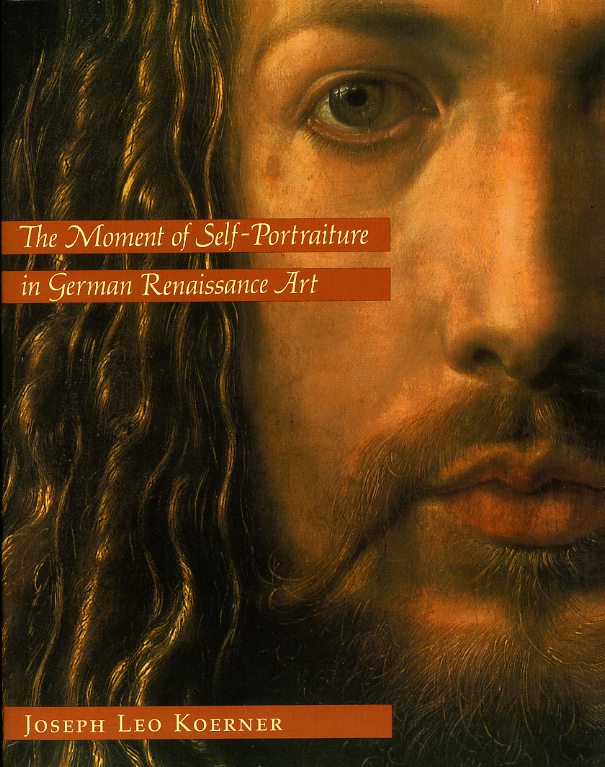Joseph Leo Koerner wins Andrew W. Mellon Distinguished Achievement Award
Joseph Leo Koerner, the Victor S. Thomas Professor of History of Art and Architecture at Harvard University and the author of The Moment of Self-Portraiture in German Renaissance Art and The Reformation of the Image, has been awarded one of three Andrew W. Mellon Distinguished Achievement Awards for 2009. The awards, which include a hefty cash prize of up to $1.5 million each, “honor scholars who have made significant contributions to humanistic inquiry and enable them to teach and do research under especially favorable conditions while enlarging opportunities for scholarship and teaching at the academic institutions with which they are affiliated.”
You can find the official press release at the Andrew W. Mellon website.
More about Koerner’s books:

The Moment of Self-Portraiture in German Renaissance Art
In this groundbreaking and elegantly written study, Joseph Koerner establishes the character of Renaissance art in Germany. Opening up new modes of inquiry for historians of art and early modern Europe, Koerner examines how artists such as Albrecht Dürer and Hans Baldung Grien reflected in their masterworks the changing status of the self in sixteenth-century Germany.

The Reformation of the Image
Martin Luther preached the radical notion that we are saved through faith alone. With one stroke, he overturned a thousand years of practice and teaching. Gone was the need for saintly intercessors and a special priesthood or the richly decorated and image-filled churches in which such mediation could take place. What counted now was faith arriving inwardly, in each individual, through the text of the Bible—the naked Word of God itself.
But if words—not iconic images—led the believer to salvation, why didn’t religious imagery disappear during the Reformation? The answer, according to Joseph Leo Koerner’s masterful The Reformation of the Image, lies in the paradoxical nature of Protestant religious imagery itself, which is at once both iconic and iconoclastic. According to Koerner, it is this “iconoclash” that characterizes Reformation art. The Reformation of the Image compellingly shows how visual art became indispensable to a religious movement built on words. It also reveals in Protestant images a powerful instance of modern disenchantment: the disappearance of magic both from images and from the world.